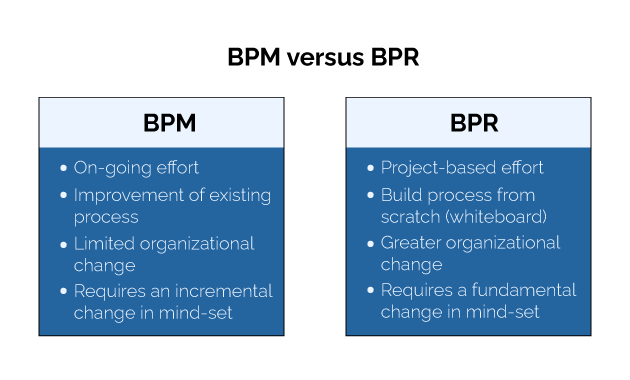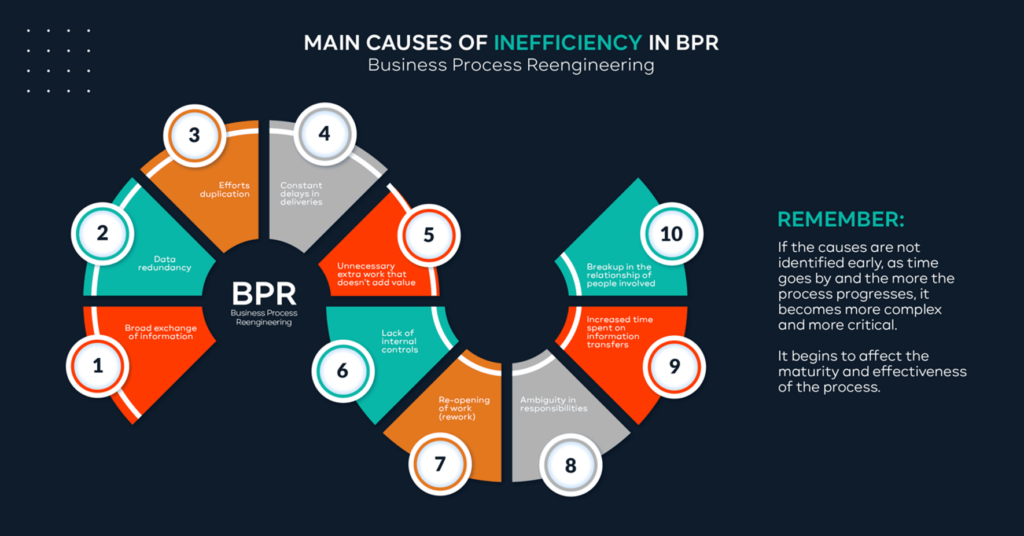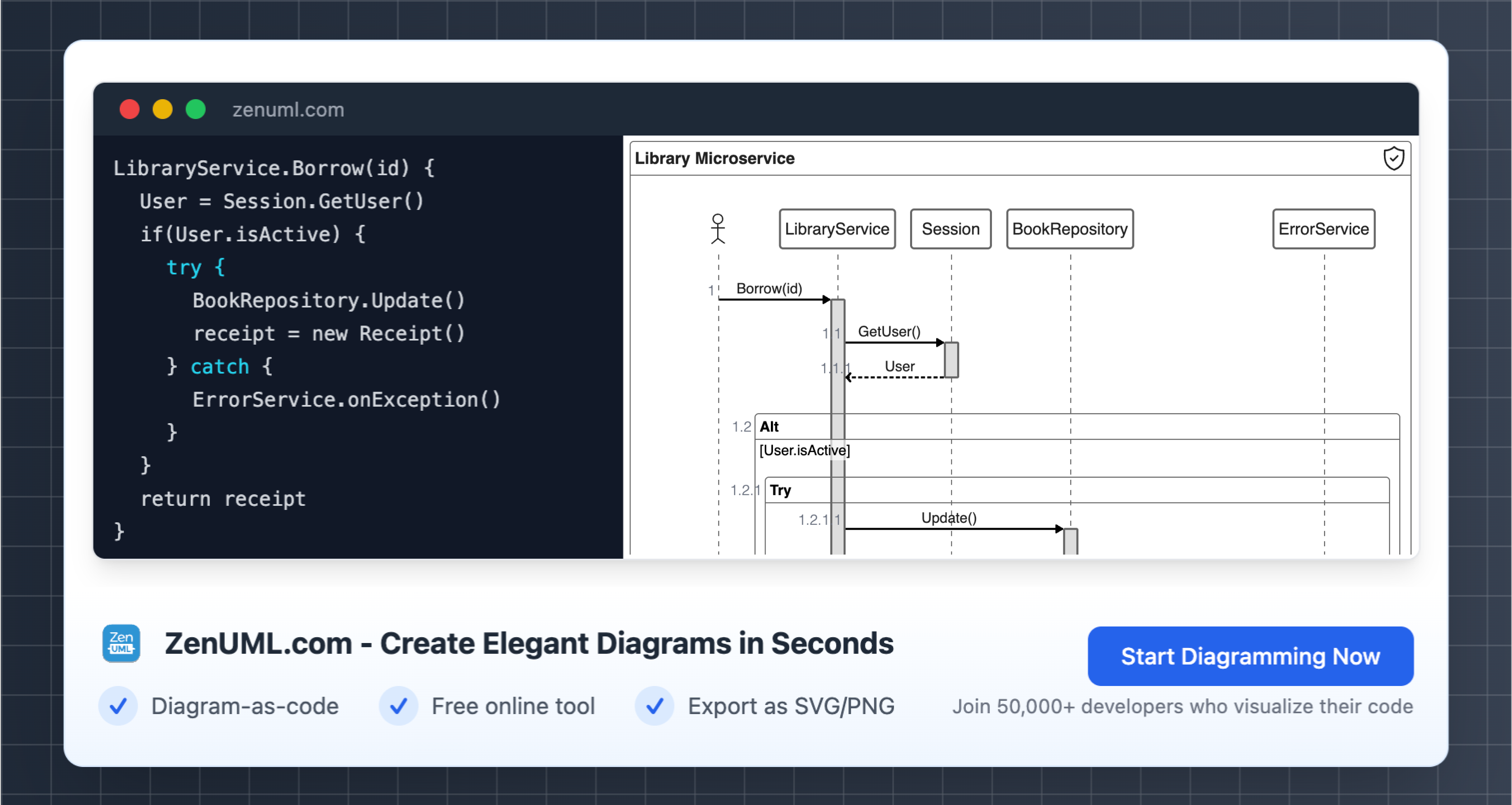What is Business Process Reengineering?

Business Process Reengineering, also known as BPR, is a management approach that focuses on the complete redesign and overhaul of existing business processes. It involves a fundamental rethinking of how work is done, with the goal of achieving substantial improvements in performance, efficiency, and customer satisfaction.
Unlike incremental improvement, which involves making small, gradual changes to existing processes, BPR takes a more holistic and radical approach. It challenges the status quo and encourages organizations to question every aspect of their operations, from workflows and technologies to organizational structures and cultural norms.
When is Business Process Reengineering Necessary?
Business Process Reengineering is not a decision to be taken lightly. It requires careful consideration and analysis to determine whether the current processes are truly hindering organizational performance and if a complete overhaul is necessary.

Here are some key indicators that may signal the need for BPR:
-
Significant Performance Issues: If your organization is consistently facing performance issues, such as delays, bottlenecks, or high error rates, despite incremental improvements, it may be a sign that a more radical approach is needed. According to a survey by McKinsey, over 60% of companies undergo BPR due to chronic performance issues.
-
Technological Advancements: The rapid pace of technological advancements can render existing processes obsolete. If your organization is struggling to keep up with technological changes or is using outdated systems, BPR can help align processes with the latest technologies. Per an Accenture study, nearly 70% of companies have implemented BPR to take advantage of new technologies.
-
Changing Customer Expectations: As customer expectations evolve, organizations must adapt to meet their needs. If your current processes are failing to deliver the level of service or quality expected by customers, BPR can help realign processes to meet these changing demands. According to Bain & Company, over 80% of companies have undertaken BPR projects to improve customer experience.
-
Mergers and Acquisitions: When organizations undergo mergers or acquisitions, there is often a need to integrate disparate systems and processes. BPR can facilitate the harmonization of processes and ensure a smooth transition. Research shows that nearly 90% of newly merged companies conduct BPR to streamline operations.
-
Organizational Growth or Restructuring: As organizations grow or undergo restructuring, existing processes may become inefficient or ineffective. BPR can help streamline processes and ensure they are aligned with the new organizational structure.
The Benefits of Business Process Reengineering

While Business Process Reengineering may seem like a daunting undertaking, it offers a range of benefits that can significantly impact an organization's performance and competitiveness:
-
Improved Efficiency: By eliminating unnecessary steps, automating tasks, and optimizing workflows, BPR can streamline processes and improve overall efficiency. This can result in cost savings, reduced cycle times, and increased productivity. According to Deloitte, companies can achieve 15-25% greater efficiency through BPR.
-
Enhanced Customer Satisfaction: BPR focuses on aligning processes with customer needs and expectations. By improving the speed, quality, and responsiveness of processes, organizations can enhance customer satisfaction and loyalty. An Ernst & Young study found that over 90% of companies that underwent BPR saw improved customer retention.
-
Increased Agility: BPR enables organizations to adapt quickly to changing market conditions and customer demands. By redesigning processes to be more flexible and agile, organizations can respond more effectively to emerging opportunities and challenges. Research by BCG indicates that companies that implement BPR are over 50% more agile than competitors.
-
Better Decision-Making: BPR emphasizes the use of data and analytics to drive process improvements. By implementing robust measurement systems and performance indicators, organizations can make data-driven decisions and continuously monitor and refine their processes.
-
Cultural Transformation: BPR goes beyond process redesign and encourages a cultural shift within the organization. It promotes a mindset of continuous improvement, collaboration, and innovation, fostering a culture that is conducive to long-term success.
The Business Process Reengineering Methodology
To successfully undertake a Business Process Reengineering project, organizations must follow a structured methodology. While the specific steps may vary depending on the organization and the nature of the processes being reengineered, here is a general framework for BPR:
-
Identify Processes: Begin by identifying the processes that are in need of reengineering. This involves mapping out the current processes, understanding their strengths and weaknesses, and prioritizing them based on their impact on organizational performance.
-
Set Objectives: Clearly define the objectives of the BPR project. What specific outcomes are you aiming to achieve? Are you looking to improve efficiency, reduce costs, enhance customer satisfaction, or all of the above? Setting clear objectives will guide the entire reengineering process.
-
Analyze and Redesign: Conduct a thorough analysis of the current processes to identify areas for improvement. Challenge existing assumptions and explore innovative solutions. Redesign the processes from the ground up, incorporating best practices and leveraging technology where applicable.
-
Implement and Test: Once the redesigned processes are finalized, it's time to implement them. Start with a pilot project to test the effectiveness of the new processes. Monitor and measure the results to ensure they align with the desired objectives. Make any necessary adjustments before rolling out the new processes organization-wide.
-
Communicate and Train: Effective communication is crucial during a BPR project. Ensure that all stakeholders are informed about the changes and the reasons behind them. Provide training and support to employees to help them adapt to the new processes and technologies.
-
Monitor and Evaluate: Continuous monitoring and evaluation are essential to ensure the success of the reengineered processes. Establish key performance indicators (KPIs) and regularly assess the performance of the new processes. Make adjustments as needed to optimize performance.
-
Sustain and Improve: Business Process Reengineering is not a one-time event. It requires ongoing commitment and effort to sustain the improvements achieved and continue to drive innovation. Foster a culture of continuous improvement and encourage employees to contribute their ideas for further enhancements.
Frequently Asked Questions
Q: What is the difference between Business Process Reengineering and Continuous Improvement?
A: Business Process Reengineering involves a radical redesign of processes, questioning existing assumptions, and making significant changes to achieve transformative results. Continuous Improvement, on the other hand, focuses on making small, incremental changes to existing processes to drive ongoing improvement.
Q: How long does a Business Process Reengineering project typically take?
A: The duration of a Business Process Reengineering project can vary depending on the complexity of the processes being reengineered and the size of the organization. It can range from several months to a year or more. According to research, the average BPR project takes 9-12 months.
Q: How can technology support Business Process Reengineering?
A: Technology plays a crucial role in Business Process Reengineering by enabling automation, streamlining workflows, and providing data-driven insights. Technologies such as workflow management systems, robotic process automation (RPA), and artificial intelligence (AI) can greatly enhance the effectiveness of reengineered processes.
Q: What are some common challenges in implementing Business Process Reengineering?
A: Implementing Business Process Reengineering can be challenging due to resistance to change, lack of buy-in from stakeholders, and the complexity of redesigning processes. Effective change management, clear communication, and strong leadership are key to overcoming these challenges.
Q: Can Business Process Reengineering be applied to any industry or organization?
A: Yes, Business Process Reengineering can be applied to any industry or organization. While the specific processes and technologies may vary, the principles of rethinking and redesigning processes to drive transformative improvements are applicable across sectors.
Conclusion
In conclusion, Business Process Reengineering offers organizations a powerful tool to drive radical improvements in performance, efficiency, and customer satisfaction. By challenging the status quo and embracing a culture of continuous improvement, organizations can position themselves for long-term success in today's dynamic business environment. So, if incremental improvement isn't enough, it may be time to consider embarking on a Business Process Reengineering journey.
Try ZenUML now!
Find our more on The Ultimate Guide to Business Process Modeling
Zenuml detailed feature roadmap available here.

